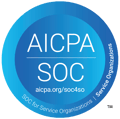“Workflow” has become an in-vogue term in recent years, generally defined as the sequence of repeatable processes through which a piece of work passes from initiation to completion. For fund allocators, workflows are employed throughout the investment process, but are most prevalent in manager due diligence, ongoing investment monitoring, and in the fund subscription/redemption process. In today's “new normal” environment, where teams are working remotely and finding creative alternatives to conducting due diligence in person, workflows are more essential than ever, but are also at risk for disruption in the face of the current pandemic and future unknowns.
So, while business locations and operations remain in flux, how can asset allocators ensure ongoing support for workflows to facilitate collaboration and control across all stakeholders?
As an innovator in workflow technology, Vidrio has worked with our clients to craft hundreds of unique workflow processes. This article shares some of the current best practices we are seeing employed by the fund allocators who leverage our services and software.
Connecting Colleagues
One of the challenges in the new normal with teams working remotely is that the day to day friction of chatting with colleagues, asking about the status of a project, and overhearing information about managers and investment activities is lost. While a wide range of apps, emails, and Zooms now connect us, it takes additional effort to communicate on the same level that we once had within an office environment. Workflows can provide a way to enforce critical information exchange by regimenting the capturing, logging, sharing, and analysis of information – from manager meeting notes to performance monitoring, risk analysis, and transaction steps.
Ensuring Best Practices and Establishing New Ones
Allocation teams hone their workflow processes over years. For example, the steps taken in the pre-investment process will include elements such as reviewing years of performance analysis, deep reviews of documents, reference checks, professional background checks, manager on-site reviews and more. For on-site manager visits, there may be a detailed checklist of items to discuss and review, and segments of the checklist may have follow-up analysis steps. Each of these items and steps can lead to thousands of data points that need to be carefully managed to ensure that allocations avoid fraud, are compliant and achieve the best possible controllable outcome.
As every organization is different, these diligence workflows will vary widely between investment styles and asset classes. Teams such as Research, Operations, IR, and Portfolio Management may have distinct workflows for their functions as well as firmwide workflows. Vidrio respects these individual nuances and has worked closely with our clients to build workflows that visualize and enable these best practices from the intellectual property and investment acumen of the client teams we work with.
As remote working, volatility and macro uncertainty remain the de facto for 2020 and beyond, firms are adapting their workflows to maintain an even higher level of rigorous oversight. For example, if one in-person meeting is worth five virtual meetings, then teams need to find ways to work smarter and delve deeper into fund managers to maintain the same standards. Refining workflows has become a way to show fiduciaries that allocation firms are built for uncertain times and can find success from adversity.
Following the Money
The process through which firm money is deployed to external managers and ensuring investment proceeds are returned and distributed is a key area for workflow management amongst our clients. Subscriptions, redemptions, capital calls, distributions, partial redemptions, cross-trades, FX hedges, overlays, and investor disbursements all need to be monitored with extreme oversight so that not a penny goes missing.
For these purposes, allocators use workflows to regiment each step in the transaction process – from the portfolio manager initiating the trade, to executing required forms, multiple trade approvals, form submissions, wire transfers, trade confirms, and monitoring for tail events like holdbacks.
Careful monitoring of operational processes not only ensures money moves seamlessly between accounts, but it is also a risk management tool to make sure deadlines are not missed, which in turn could result in opportunity loss such as a missed subscription or redemption date. Buttoned up trade flows also lead to smoother audit processes where reviewers can clearly see stated investment practices are followed and opportunities for malfeasance have been mitigated. This saves hours if not days of staff time, allowing them to focus further on operational excellence.
What is your workflow plan?
Kaizen is a fancy way to say, “adapt or die.” 2020, for all its faults, has offered firms an opportunity to prove the industry can innovate and adapt to adversity. Workflows are visual evidence of a firm’s ability to define and maintain cutting edge practices. For allocators to external managers, 2020 has forced change and a rethinking of how to assess managers, monitor investments, and make sure operations teams are effective even if they are not together.
Vidrio has partnered with our clients through these challenges and continues to help them to navigate change and capture opportunity from adversity.
Contact info@vidrio.com or complete this form to request a consultation and learn more.







